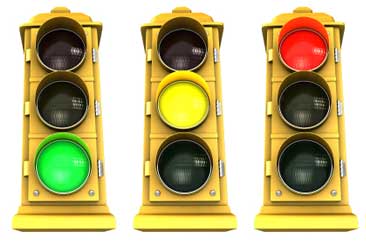|
|
| Slowing contraband danger: What the hell is in that cell? |
| By Joe Bouchard |
| Published: 10/03/2016 |

It is clear that ingenuity exists inside the walls. Innocent items are frequently transformed into untraceable and sometimes dangerous commodities. Some may throw up their hands in frustration, saying that we can never control contraband. To that statement, I agree. But I concur only to a degree. I believe that it is unrealistic to assert that we can stop contraband. However, the manageable goal is to mitigate dangers that come with the contraband trade. Hiding something in plain sight may seem like a cliché. But, it is rooted in fact. A subtle layer to this is found in not hiding seemingly innocuous components in plain sight. For example, newspapers and socks are not dangerous in and of themselves. But a tightly balled newspaper that is systematically saturated and placed in a sock is now a weapon. These components can be on display prior to their transformation. Parts of slowing contraband comes in these forms:
Joe Bouchard is a Librarian employed with the Michigan Department of Corrections and a collaborator with The International Association of Correctional Training Personnel (IACTP). He is also the author of “IACTP’s Corrections Icebreakers: The Bouchard 101, 2014”. The installments in this series include his opinions. The agency for which he works is not in any way responsible for the content or accuracy of this material, and the views are those of the contributor and not necessarily those of the agency. While some material is influenced by other works, all of the icebreakers have been developed by Joe Bouchard. Visit the Joe Bouchard page Other articles by Bouchard: |
MARKETPLACE search vendors | advanced search

IN CASE YOU MISSED IT
|


Comments:
No comments have been posted for this article.
Login to let us know what you think